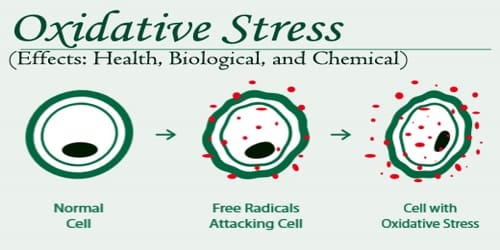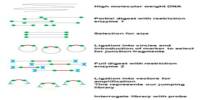Root tips generate new growth and absorb soil water and nutrients. The taproot grows downward, while the lateral roots spread out. Furthermore, the roots provide the tree with anchorage support. To carry out the growth process, roots use oxygen from the soil. Tree growth is usually harmed by soil compaction or an abundance of water. Some trees, however, such as the baldcypress, have adapted to grow in wet conditions with a limited supply of oxygen.
Nagoya University researchers have developed a method for direct observation of fine roots, which regulate tree nutrient and water uptake. This adds to our understanding of carbon and nutrient cycling in the forest floor, leading to a better understanding of the carbon cycle from the perspective of initial carbon input into the soil and assisting forest management and soil conservation.
Leaf litter refers to fallen tree leaves on the forest floor. Although scientists can study leaf litter on the soil’s surface by collecting it with litter traps, studying what happens underground is much more difficult. Root litter refers to shed tree roots that have aged and died and decomposes similarly to leaf litter. Investigating root litter is difficult, but studying the litter of fine roots, those roots 2 mm or less in diameter, which control the uptake of nutrients and water by trees, is especially difficult.
The researchers inserted roots from Japanese cypress (Chamaecyparis obtusa), still attached to the tree, into modified centrifuge tubes filled with glass beads and nutrients. They collected a sample at regular intervals, allowing them to measure the rate of shedding each month and to estimate the lifespan of fine roots.
Although previous studies using methods such as soil core sampling and minirhizotron observation have demonstrated the life span of fine roots, no one has directly observed the complete fine root shedding process and collected fine root litter for evaluation. As a result, an understanding of the role of fine root litter remains insufficient.
To clarify the process of fine root shedding and to better understand the morphological characteristics of root litter, researchers at Nagoya University in central Japan have developed an improved method to assess the origins and amounts of root litter in forest soil. The new method, developed by a team led by Associate Professors Yasuhiro Hirano and Toko Tanikawa of the Graduate School of Environmental Studies and published in Ecological Indicators, allows the fine root system to incubate in the field and the collection of shed roots for analysis. This research improves analysis of the composition of forest soil and helps to better understand the carbon cycle of the forest floor.

In their study, the researchers inserted roots from Japanese cypress (Chamaecyparis obtusa), still attached to the tree, into modified centrifuge tubes filled with glass beads and nutrients. They collected a sample at regular intervals, allowing them to measure the rate of shedding each month and to estimate the lifespan of fine roots. Hirano and Tanikawa succeeded in directly sampling fine root litter, and found that the trees discarded fine roots every month. They also noted that the seasonal difference in the amount of root shedding was not as great as in leaf shedding.
Despite similar annual amounts of the two types of litter, the timing of the tissue carbon input into the soils differed between the leaf and fine root litter. The researchers also found that over the course of a year approximately 58% of the roots in their sample were shed. Therefore, they calculated an average fine root lifespan of about 1.7 years.
Confirming the hypothesis that fine roots and leaves are discarded and decompose differently provides a valuable addition to the existing knowledge of carbon and nutrient cycling in the forest floor. The researchers believe that experts will be able to use their new method to accurately gauge the amounts of roots shed and to collect fine root litter to use as an ecological indicator in forest ecosystems. This should lead to further understanding of the carbon cycle from the view point of initial carbon input into the soil, aiding forest management and soil conservation for sustainable development goals.
















